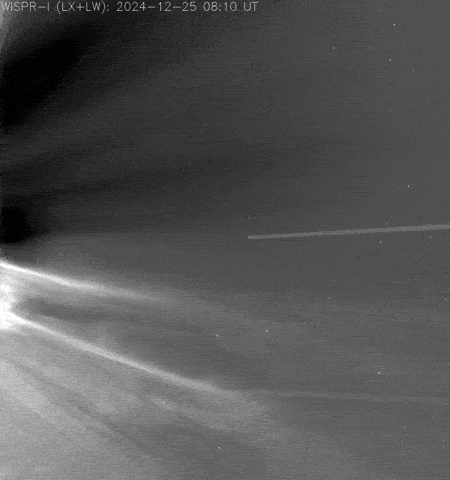NASA shared the closest images to the Sun

Traveling at 692,000 km/h (430,000 mph), PSP became the fastest human-made spacecraft. This high speed allowed it to pass so close to the Sun, yet it was extremely brief. During this pass, one of PSP's four main instruments, the Wide Field Imager (WISPR), was able to image the Sun's outer atmosphere, the corona, and the solar wind with unprecedented clarity.
“The Parker Solar Probe has once again carried us into the dynamic atmosphere of our nearest star,” said Nicky Fox of NASA’s Science Mission Directorate, emphasizing that this data will revolutionize space weather forecasting and play a critical role in both astronaut safety and the protection of space technologies.
The solar wind is a constant stream of charged particles emitted from the Sun. These winds are the source of Earth's spectacular auroras and can also cause magnetic storms that can damage power grids and satellites. Coronal mass ejections (CMEs), particularly those directed toward Earth, can transport billions of tons of plasma at high speeds.

Better understanding the impact of such events is crucial, particularly with the increasing density of satellites in low Earth orbit and new missions to the Moon. Improved space weather forecasting will better protect both infrastructure on Earth and missions in space.
"There's no final consensus yet, but we have some very interesting new data," said Adam Szabo, PSP mission scientist at NASA Goddard Space Flight Center, adding that the next approach will occur in September 2025, which will allow for more data to be collected.
The Parker Solar Probe's next flyby is expected to reveal more about the slow solar wind and other solar phenomena. And, of course, even more stunning images of the Sun.
SÖZCÜ




